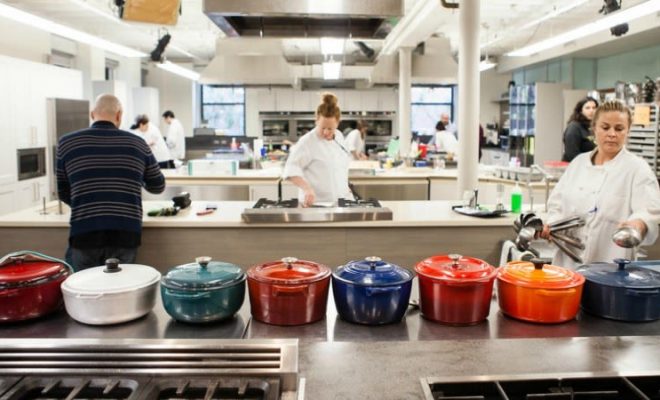
Food
The Best Dutch Oven
A Dutch oven that’s too small limits your ability to cook large cuts of meat, while one that is too big will be quite heavy when full and a beast to wash wet, soapy hands on. We concentrated primarily on ovens ranging from 5.5 to 6.5 quarts, that can be big enough for a wide array of cooking jobs (searing, braising, frying), although not too big that they are difficult to handle. Should you require something bigger, Lodge offers models up to 7.8 quarts, while Le Creuset goes all the way up to a whopping 13.5 quarts (with approximately a $500 cost to match!) , big enough.
We focused on enameled cast-iron dutch ovens because they’re versatile and easy to care for and clean. The cast-iron structure holds an enormous quantity of heat, and its own high heat emissivity is perfect for braising, a cooking technique that relies on heat over time tenderize meat and to gradually break down. The porcelain enamel interiors also work nicely for deglazing, as a result of the (usually) slick endings which quickly release stuck-on bits and (usually) light-colored interiors that make it much easier to monitor the color of their fond–the accumulation of those brown pieces which make the foundation for flavorful sauces.
Cast iron also comes from bare-metal versions, but when not seasoned and cared for correctly, it is going to react with acidic ingredients such as lemon juice, juice, and tomatoes, which makes an incredibly dull, metallic taste in your food. There is nothing you can do to fix it re-season your cast iron, and begin over.
To evaluate how evenly every model cooked, we created identical batches of long-grain steamed white rice in each pot. It was a good check to determine each oven did in distributing heat throughout the bottom surface. After assessing the rice we left it on the burner over low heat for an additional 6 minutes, to see if any scorching would occur due to hot spots. We also guessed a cleanup scenario would be created by this test if some of those rice burnt. This was the one time we cooked rice trusting that it would scorch, at least a little bit.
Many Dutch ovens feature traditional lids with smooth undersides, but a few makers–such as Staub–utilize “nubby” lids, which feature raised bumps or ridges which should allow moisture to drip back on the food more readily and baste whatever is inside. Opinions on this attribute are blended, so we looked in both types. The lid should rest on the kettle, but it should not fit too cozy, as you want some evaporation for things such as soups and stews. Our tests showed that is not necessarily a outcome that is favorable, although Staub, particularly, touts that their lids retain 10 percent more moisture than other manufacturers. When making a beef stew, that kept moisture led to a stew that was thin with rich, meaty flavor. Of five had interiors which range from. The remaining two, in Kirkland and Staub, had dark, black interiors.
While oval ovens are fairly common, we adhered to testing around models, which fit better within a stovetop burner. You will find reports online of oval ovens heating less evenly, but Cook’s Illustrated discovered that “an oval cast-iron Dutch oven ought to cook as well as a round version, with no adjustments to cooking times or processes.” If you frequently cook long, narrow things (slabs of pork belly come to mind), then an oval Dutch oven may be better suited to your purposes.
Overall ability is vital, but if comparing two ovens of identical size, opt for ovens which are shorter and wider, as opposed to narrower and taller. A wider diameter makes it a lot easier to meat for items like chili or stews, and the space around your food may mean the difference between a great, dark sear on meat versus a less flavorful, steaming that is less attractive as testing revealed. A wider pot can save time, enabling you to chunks of stew meat in one or two batches rather than three or two. In their oven review, Cook’s Illustrated recommends ovens of at least 8 inches in diameter for faster and better browning. Some (including two we analyzed) have black insides in matte or smooth finishes. The color doesn’t affect the bud’s cooking ability, but it’s easier to monitor food cooking in a interior. Inside this Chowhound thread, people hotly debate advantages of a light versus dark interior. Because staining is less noticeable over time some such as the latter. Staub utilizes a matte finish, which they indicate “develops ‘non invasive’ qualities,” while all the other Dutch ovens we tested featured a slick, glossy surface.

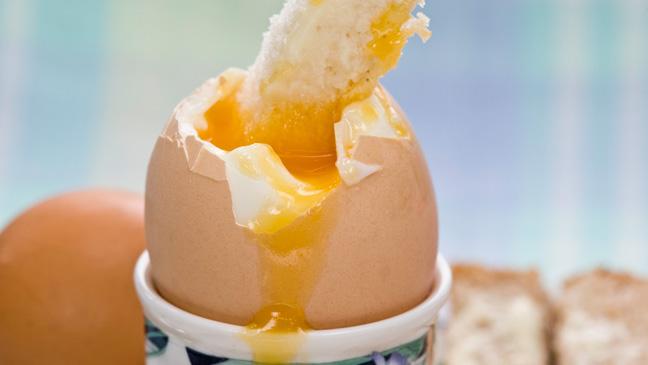
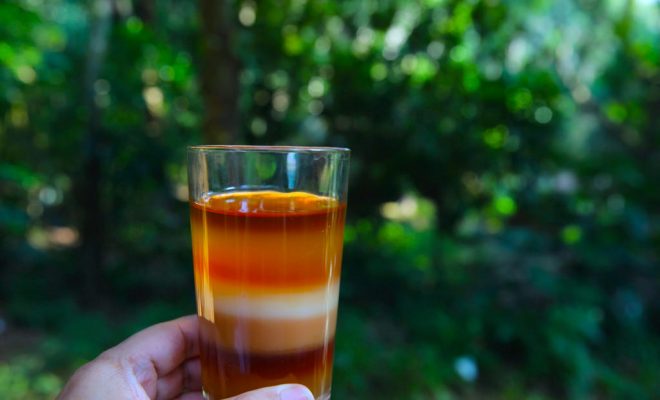
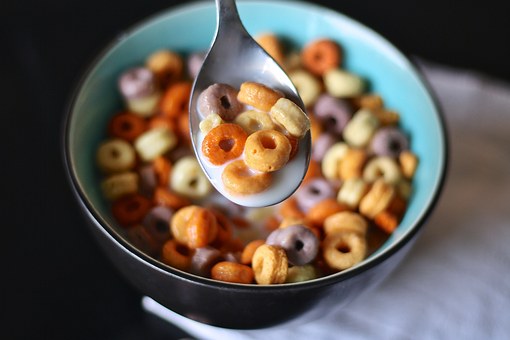


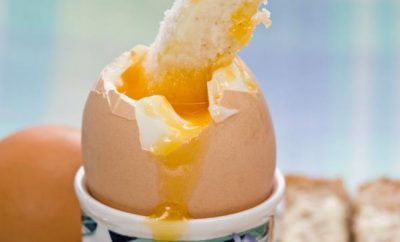
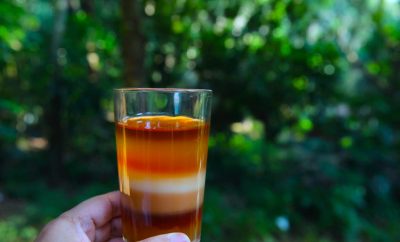
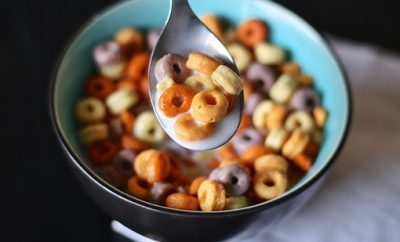


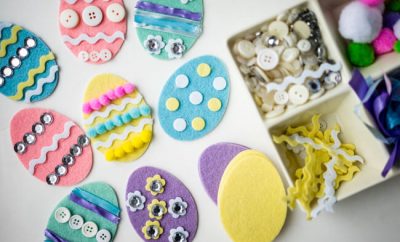
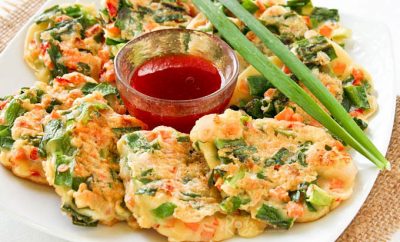
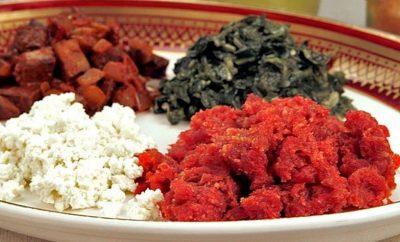
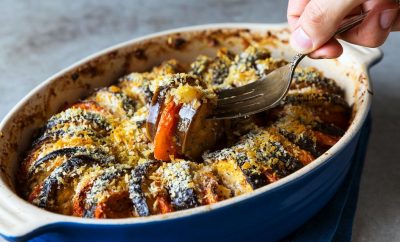

0 comments